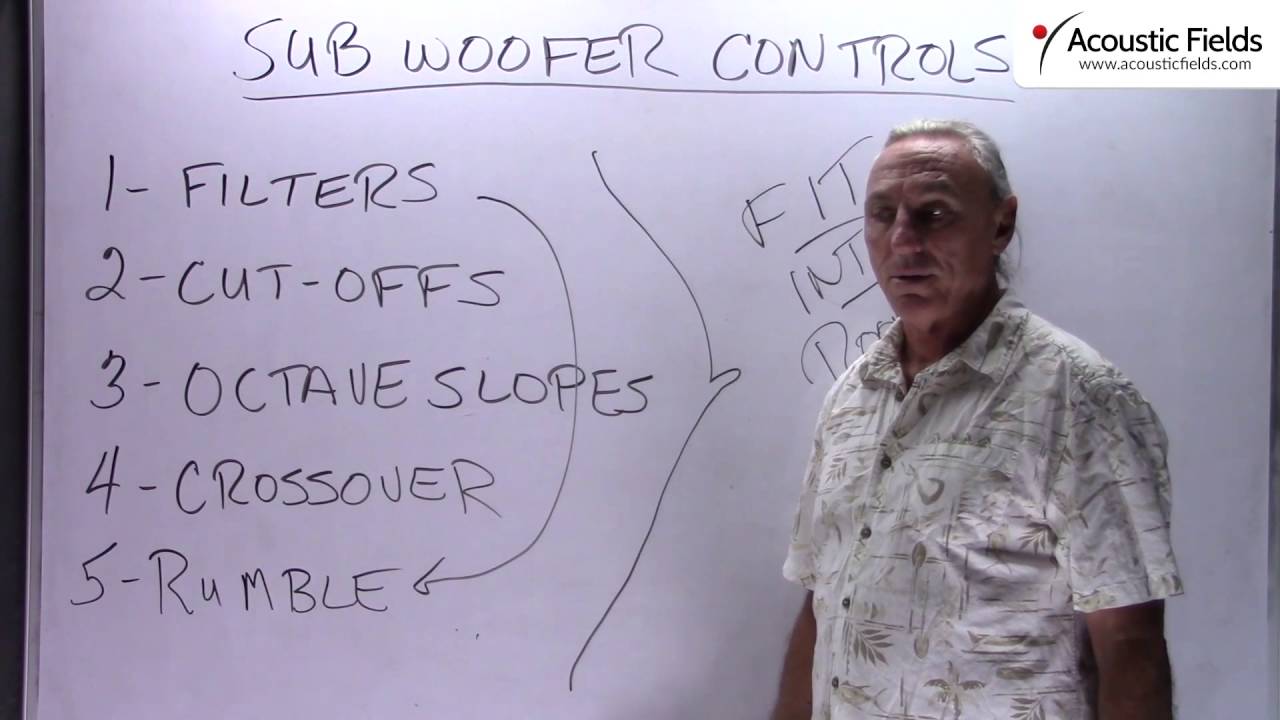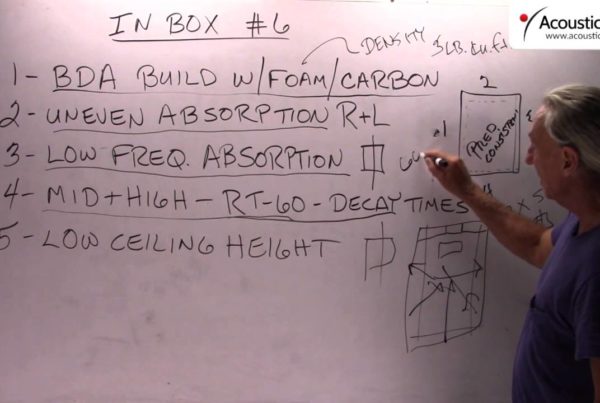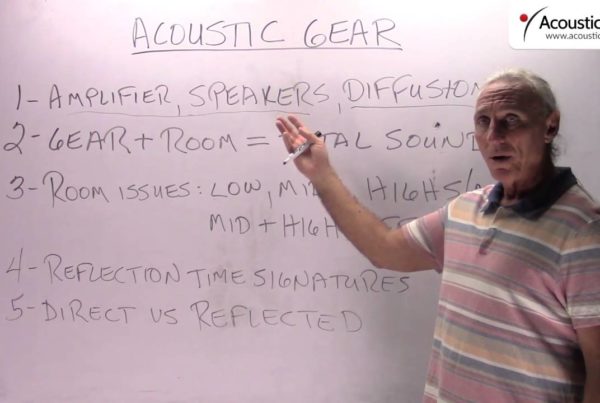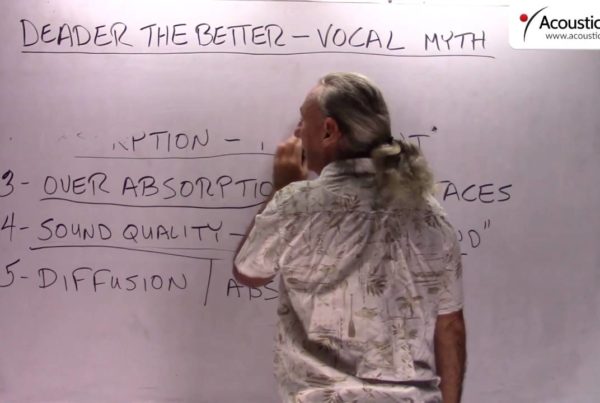Today we’re going to talk about sub-woofer controls. I get a lot of inquiries from people who say where should I put my sub-woofer, where should I set the controls at and what do all these controls mean and how are they going to impact the sound in a room?
Well, let’s talk about each one of these controls and maybe you can get an idea. But let’s step back a little bit and take a deep breath. What are all of these controls for? To help the low frequency energy fit better into your room because it doesn’t want to fit. Unless your room is 30-40-50 foot long. So it’s going to oscillate throughout the room, it’s going to bang into walls, it’s going to build up pressure. And filters, cut-offs, slopes, crossovers, rumble and part – which is really a filter.
So all of these things contribute to helping the response of the sub-woofer match more appropriately the response of the room. Okay? Cut-offs: lets some frequency gate, lets some frequency through, stop others. Filters, the same thing. Octave slopes, alright, we’re going to let the energy through but then we’re going to control the breakpoints of that energy. Crossover, how much after this point goes where. So rumble is more of a vibrational thing inside the cabinet.
So but the goal is to fit into the room. So these are all band aids that really don’t work unless your room has the correct amount of treatment, well, first the right size and volume and the correct amount of treatment. So these are all fine and well but you can probably have played with them in your room and not heard that much of a difference because your room is so small and has less volume than the sub-woofer that you’re using it for.
So you have to be really, really careful. There is no substitute for having the right room. There is no substitute also for finding the right location for the sub-woofer in the room. And where is it? Well, it’s not in the corners please. Don’t put your sub-woofers in the corners. There’s much better places for it. This is all about room response. Why would you increase the room response with sub woofers? My God, we’ve got enough room response to deal with.
Let’s minimize room response and possibly use our controls. Let’s use treatment and let’s use room size and volume to get the desired sound we want, okay? Sticking things in the corner and elevating the room sound, it’s not at all what we want. Yes, you can smooth out frequency response but at what price? Sound quality? I’m not willing to trade response for quality. Other people might be, I’m not. I’ve never been about that.
Get the room right, use the right kind of treatment, match the sub-woofer size and volume to the room and make sure you put it in the right location. That’s a great start. Is it an end? No. But it’s a great start.







